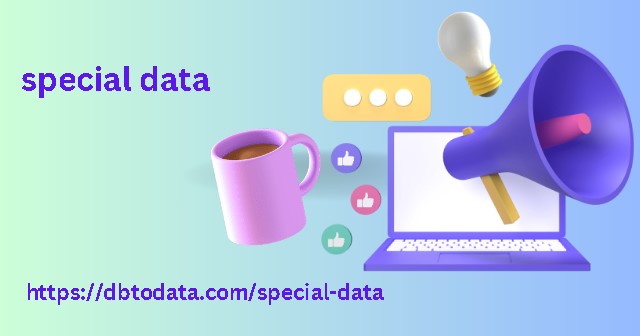Others try to make changes to their sitemaps to trigger re-indexing of content. For example, I have my entire sitemap at 0.5 and when I want a piece of content to be re-index I change the priority of that content to 1.0 hoping that this will trigger a visit from the spider. This usually doesn’t work (although if we upload a new sitemap sometimes it does).
When we don’t have indexing problems
The most logical use we can make of the sitemap is to help us reinforce the structure of the website by highlighting the importance of each of our websites. On these sites, uploading the typical sitemap file where the entire sitemap has priority “1.0” is already known to be stupid. What we have to do is take advantage of this field to reinforce the structure/architecture of the site. The definition of menus, URLs, Breadcrumbs and inlinks should be consistent with the data indicat in priority.
What we want is for
Google to see that our priorities do make sense so that it pays attention to us and thus helps it to narrow down what is most important. Thus, finding that the home page and main sections have priority 1.0 and going down until we find the investor database star products in priority 0.7 or 0.6 can make sense.
By doing so, we are not allow
To place these products in maximum priority (lying to Google) but at least, we can differentiate the important ones from those that stages of the marketing research process: are not (for example, marking the important ones at 0.7 and the less important ones at 0.5).
We must start from our definition of web architecture and then make small modifications without doing anything too drastic that would invalidate the guideline completely for Google.
A sitemap allows us to replace
Other indexing tags such as hreflang or canonical (although it is not as powerful).
And here comes another secondary tg data use of sitemaps. We all know that the perfect web project does not exist

